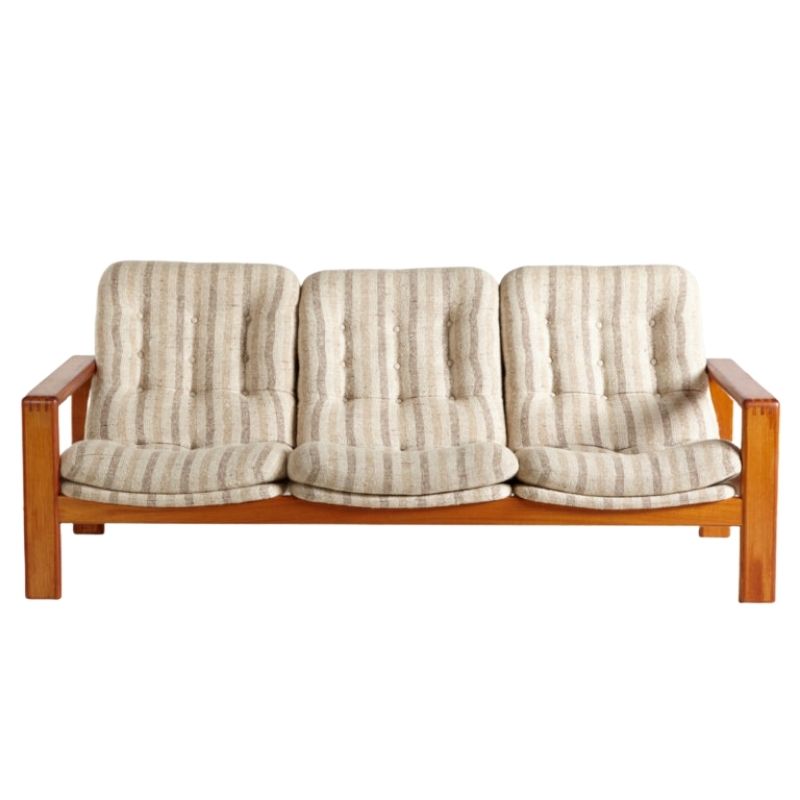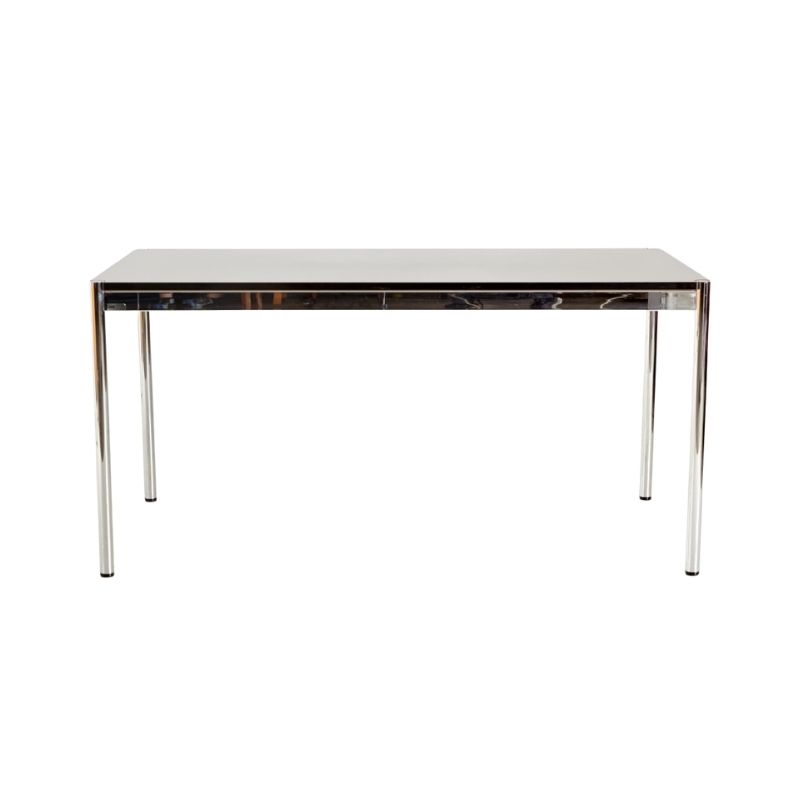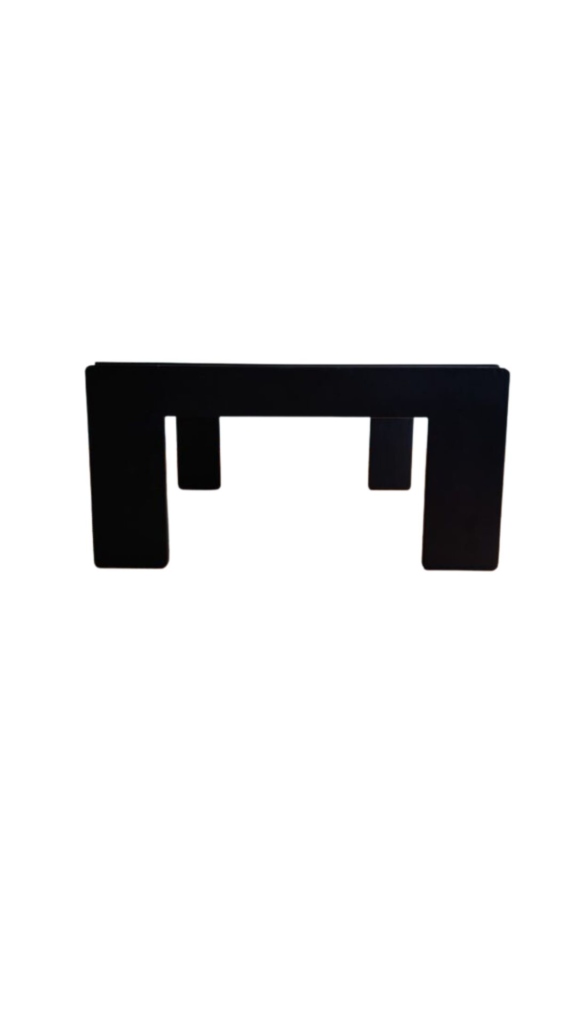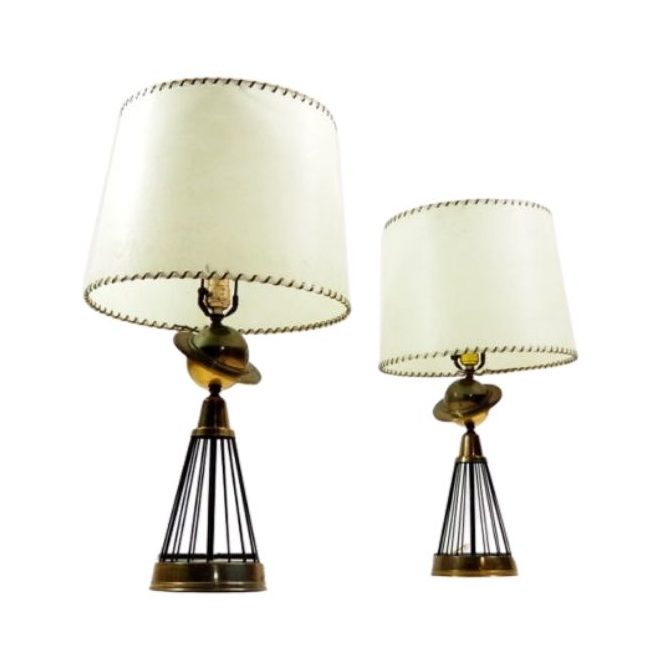Yes, I suppose
we all left out that primary necessity ! Lacking the intangible ability to synthesize, design could probably be left to robots and computers.
Who was it who defined creativity as the ability to synthecize -- to put existing concepts, forms and/or materials together in (useful or delightful) new combinations ?
A lazy bud with a highly aesthetic sensibility
One who likes to lay on a sofa, on a chair on a table, on a desk, in a nesty and natural atmosphere, one where things comes easy. One of a kind who will arrange things on a confortable way. One who do to design, what he would like design do to himself- just kidin- all designers are differents- but lot of them are loners, and unknown persons.
I'm kind of surprised koen has not weighed in here...
so i'll try to anticipate him: an ideal designer would be renaissance person, that is someone educated and trained and eternally self educating him/herself to systematically solve the problem of transforming materials into desired artifacts that please users with formal elegance (regardless of idiom or style), that profit producers by appealing at price points that allow acceptable net benefits given risks, and that by performing so well they stimulate more demand for the designer and/or producer brand involved. this renaissance designer would have not only great, authentic and individualistic taste, but also have a keen knowledge of both the history of design and of the emerging technologies that designers will have to make use of in order to both grasp apply both the permanent principles guiding great design AND the way those permanent principles of design can play out with the web of existing and imminent materials and technologies that he or she will have to make use of to design fitting products. Finally, this renaissance designer will have a keen understanding of the distribution and retailing aspects of products and of the ever changing retail outlets, trade areas and consumer preferences at play in the fields of the economy. And lastly this renaissance designer will have to have a developed ethical system informing his choices about how, what, when and where to design what he/she chooses prior to unleashing these manifold gifts. And while possessing all these characteristics and capabilities , is quiet important, he/she must also remain unflinchingly connected to his/her own humanity both in its arrogance of ego and in its humility, both his fellow human beings and not overlooking for a second the folly they are prone to. Finally, this renaissance designer MUST be able to continually cut throught all of this knowledge, technical know how, foresight, education, training and self and social awareness, and in a split second, whether looking at his/her own work, or someone else's, whether looking at carefully crafted effect, or the serendipitous accident and say with absolute confidence: my, god, that's it! And having made that exclamation be simultaneously capable of relentlessly pursuing it to completion, or at some point admitting error without losing that deep, inner confidence in his/her ability to feret out the beautiful, useful artifact from the blizzard of ephemeral creativity and minutiae of thought, analysis and revision. That ought to about do it, don't you think?
I was working on it....
I agree with SDR that the most important attribute is the ability to synthesize. It does not exclude some of the other attributes. The question was formulated as 'attributes', not just one.
To be patient and capable of empathy as Geo.H. suggest are certainly a good things, but it is hardly confined to designers. Empathy is important indeed, because we never design for ourselfs. Design for industrial production is born as a result of the industrial revolution and replaces the previous communication between user and artisan. I admit that it is slightly different from the direct dialog between de user and the maker as it existed before the industrial revolution. The pre-industrial user could count on craftsmanship in the making of the product he/she and the artisan had envisioned, but not necessarily on a creative input from the artisan.Only in exceptional cases the users could pay for the talented ones and only the elite could commission the very best, including very creative minds.... Wolfgang Mozart or Leonardo Da Vinci come to mind, but in these cases you could not always count on them to deliver the promised goods. Da Vinci received at least twice as many orders as he eventually painted and Mozart is known for not wanting to compose for instruments he did not like, in spite of insisting editors or musicians.In general the fact that the designer anticipates the needs and wishes of the user, instead of engaging in some kind of dialog, has rapidly increased the speed in which products have evolved...something those who rely on focus groups should remember more often. As users we are known for being able to recognize the satisfaction of our needs in a particular product, long before we are able to formulate these same needs when the product does not yet exists. This being said, empathy has his dark corners to. The difference between emotions and feelings and the chronological order between the two, make it often difficult in a product to generate an emotion for the user that has already transformed into a feeling for the designer, and it is very difficult to sustain an emotional state. Whereas a feeling can and could be permanent. Than again some customers buy on emotion others on feeling and only some on rational thinking.
A good understanding of past culture is essential indeed to anticipate the cultural future.But I would insist more on one own cultural background than on a more universal one. Not to exclude other cultures, but because the best basis for understanding other cultures is to have a good understanding of ones own. Superficial understanding of other cultures leads to calling every form of simplicity 'Zen' as an irritated contributor to another thread pointed out.
Design history shows that strong international acceptance is often based on the acceptance of the strength of a particular culture in a particular area of use, and not on a kind of internationalization of style.
cont.
Curiosity, as m. Andersen points out is important. We know little about the capability of synthesizing, but we know that it is supported by knowledge. We also know that it is mostly done by intuition and not by logical thinking....which is not a bad thing considering that our sub-conscience thinking occupies a substantially larger part of our brain than conscience thinking. Logical thinking and systematic research seems to provide a good frame work but not the synthesis, and not the kind of knowledge that will produce the spark that Germans call so appropriately the 'ah-ah-erlebnis'. design requires a lot of lateral thinking and so curiosity in all aspects of life, technology, etc is crucial. But allow me to qualify it tiny bit. I would say: curiosity not only for 'what' but even more so for 'how' and 'why'. It is not only an attribute, but a responsibility.
SDR 's advise to approach the whole thing with some sense of humor is very healthy advise. This profession is full of surprises, and a good part of them can't be dealed with along lines of understanding and/or common sense. Humor seems to be the best way to cope.
Humor in design itself is another question. We have seen intelligent humor in the 'Site' architecture for Best and by the German Koziol in housewares. In spite of the first appeal neither one seems to stand the selection of time. Jokes tolled repeatedly are usually boring.
Creativity, yes, but what does it mean. Is it the same thing as imagination, or as expressing yourself. No it is not, and yet the confusion lives on and as in arts to many people are taking self-expression for imagination, or creativity, imagination for self expression or creativity and so on. In fact self expression, creativity and imagination are so pre-dominant in the arts that we have started to think that these attributes became exclusive to the arts. That might well be so for self-expression or imagination but not for creativity. There are doctors practicing medicine creatively as well as plumbers doing their work creatively and sometimes there is even a creative politician.
Nobody mentioned talent, and I am happy with that. Not that I would deny the existence of it but it is also a trap. Often talented people feel discouraged by the education system because educators might recognize talent but do not 'credit' it. Only real estate agents sell you the landscape and views around your property, but teachers should limit themselves to evaluating the results of the learning process, not the talent that came with it. This frustration is often the reason for talented people to do it on their own, which usually does not work. The result is to often a mixture of very good and very bad work, in other words, un-educated talented people are often un-reliable. When faced with what they see as the 'wrong' project, they either get stuck or recycle old ideas.As so often stated before and by more inspired people, design is 90% work and 10 % talent...unless talent works.
If you need any help, please contact us at – info@designaddict.com









